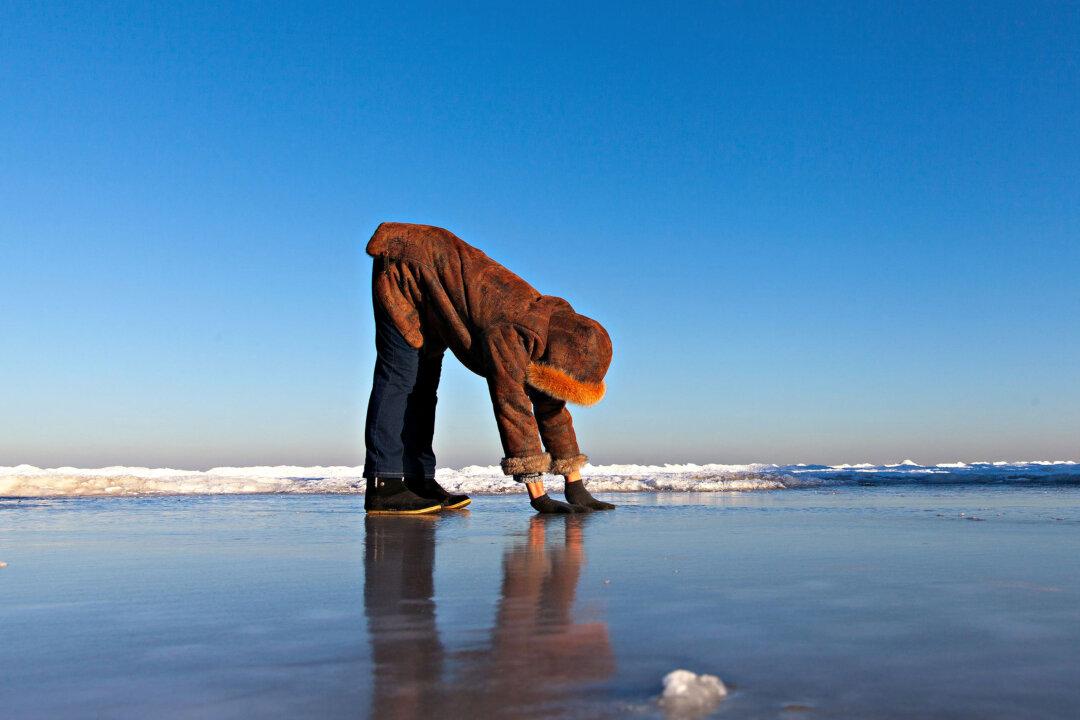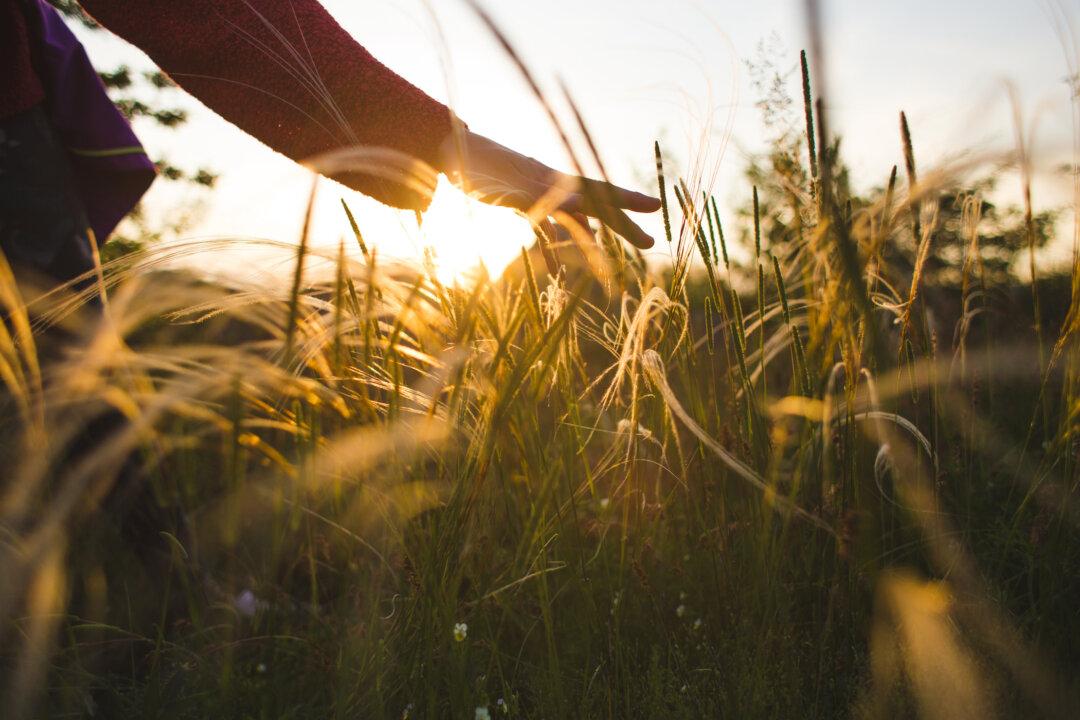Almost 20 years ago when I went to graduate school to study acupuncture, I had two choices. I could pursue a master’s in acupuncture or one in traditional Chinese medicine.
The master’s in Chinese medicine was more in-depth and included the study of Chinese herbs, as well as other modalities. I realized that I wanted depth and breadth, and after briefly trying the shorter acupuncture program, switched to the traditional Chinese medicine (TCM) program.





